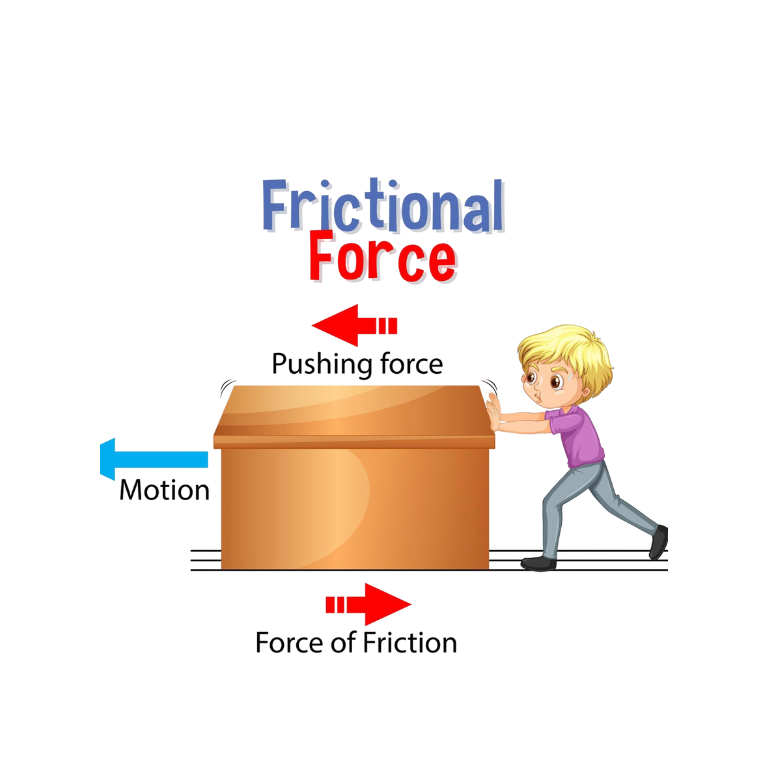Biology Explorer: Nutrition in Plants
Explore how plants make their own food through photosynthesis and discover different modes of nutrition in the plant kingdom.
Help & Instructions
▼- Photosynthesis Puzzle: Complete the photosynthesis equation by filling in the missing elements
- Plant Nutrition Types: Match different plants with their nutrition modes
- Use the hint button if you need help with a concept
- Explore the different plant types and their unique adaptations
- Understand the process of photosynthesis
- Identify different modes of nutrition in plants
- Learn about autotrophic, heterotrophic, and insectivorous plants
- Explore adaptations in plants like Cuscuta and pitcher plants
Photosynthesis: The Food-Making Process
Complete the photosynthesis equation by filling in the missing components.
Plant Nutrition: Match the Plant with its Nutrition Type
Connect each plant with its correct mode of nutrition.
Photosynthesis is the process by which green plants convert light energy into chemical energy. Using sunlight, carbon dioxide, and water, plants produce glucose and oxygen. This process occurs in the chloroplasts of plant cells, which contain chlorophyll - the green pigment that captures light energy.
Plant Nutrition and Adaptations
Nutrition in plants varies based on their adaptations:
- Autotrophic nutrition: Plants make their own food through photosynthesis
- Heterotrophic nutrition: Some plants obtain nutrition from other sources
- Parasitic plants: Like Cuscuta (Dodder) that derive nutrition from host plants
- Insectivorous plants: Like pitcher plants that trap and digest insects
- Saprophytic plants: That derive nutrition from decaying organic matter
The chemical equation for photosynthesis is:
6CO₂ + 6H₂O + Light Energy → C₆H₁₂O₆ + 6O₂
This means carbon dioxide and water, in the presence of sunlight and chlorophyll, produce glucose and oxygen.
Some plants have developed unique adaptations for nutrition:
- Cuscuta (Dodder): A parasitic plant with no chlorophyll that wraps around host plants
- Pitcher Plant: Has modified leaves forming pitchers that trap insects
- Sundew: Has sticky tentacles that trap insects
- Venus Flytrap: Has hinged leaves that snap shut when triggered



